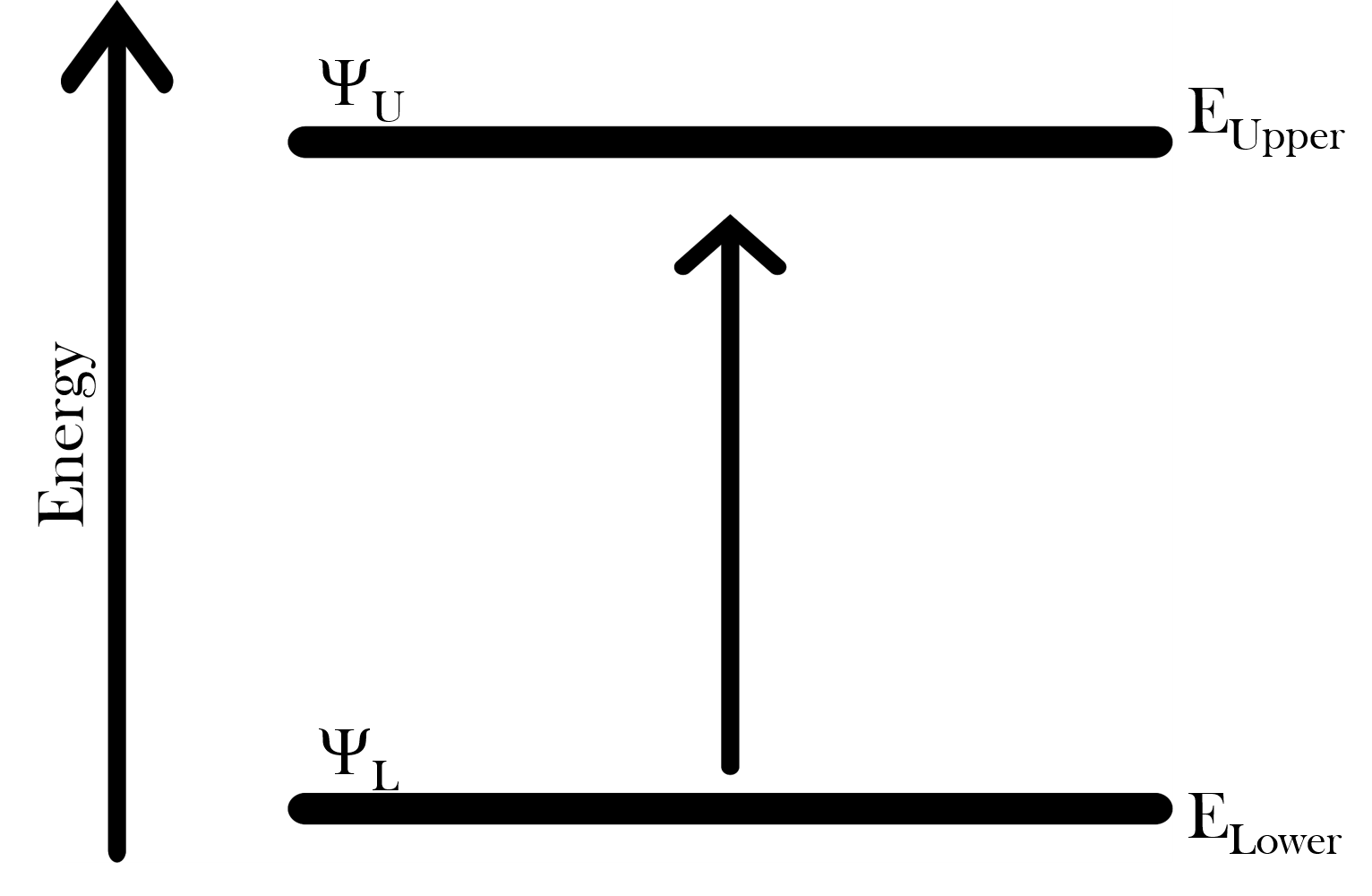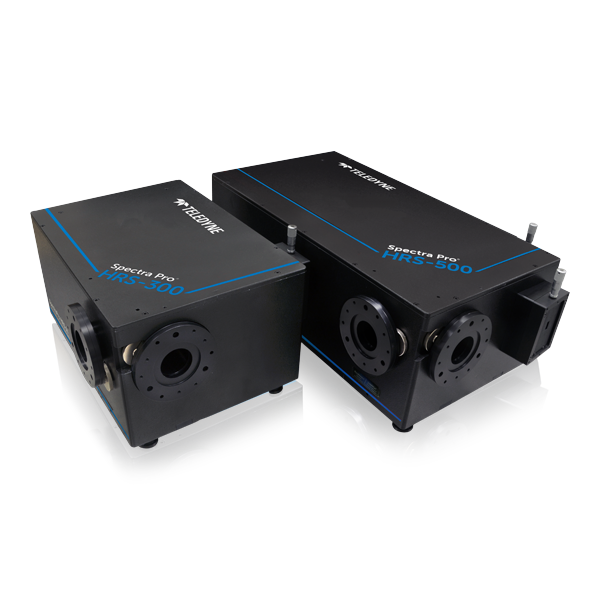Absorbance, Reflectance and Transmission
When a beam of light irradiates a sample, some of the light can be absorbed. When this occurs, the chemical sample is excited from a lower to a higher energy level. To calculate absorbance the ratio of incident light to light transmitted through the sample is measured, therefore usually a monochromatic laser is used. The size of the peaks in an absorbance spectrum are proportional to concentration, therefore absorbance can be used for quantitative analysis.
In comparison, reflectance and transmittance can be used to determine the chemical structure and properties of surface and surface-adsorbed species. Reflectance measures the amount of light that reflects from the surface of a sample. Transmittance is the amount of light transmitted by a sample and is mathematically related to absorbance.

Recommended for Absorbance Spectroscopy

SpectraPro HRS
The SpectraPro® HRS ensures high spectral resolution, as well as an astigmatism-corrected design for multichannel fiber applications. With dual exit ports the SpectraPro HRS can be used as two array detectors or as both a monochromator and spectrograph.
Learn More